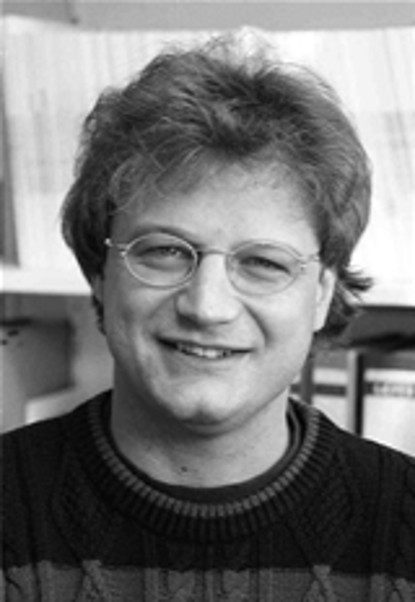Sulfoximines – Catalysis
As early as in the seventies β-hydroxysulfoximines have been reacted with borane to realize asymmetric reductions of carbonyl compounds. Later sulfoximines have been applied as ligands for metals like zinc, copper and nickel (Review).
We used C-phosphanylated sulfoximines (see x-ray to the right and red structure below) derived from enantiomerically pure sulfonimidates as ligands fpr palladium in asymmetric allylic substitution reactions. Thereby, we achieved enantiomeric excesses up to 95% ee (Tetrahedron-Asymmetry 2006, 17, 500-503).
As a byproduct of the synthesis of the methyl sulfoximine 2 from the cyclic sulfonimidate 1 we always observed changing amounts of the bissulfoximine 3. By variation of the reaction conditions it was possible to make the formation of this interesting C2-symmetric compound the major process.
After twofold O-silylation of 3 it is possible to obtain a copper complex, the bisstriflate of which was amenable to x-ray structural analysis. This complex catalyses the 1,4-addition of diethyl zinc to enones (DOI: 10.1002/adsc.200404164). Moreover, we successfully phosphanylated the side chains and prepared heterobimetal complexes with copper and rhodium thereof (unpublished results).
Geminal bissulfoximines like 3 were unknown before our work. This may be a consequence of the problematic double imination of the underlying and well known bissulfoxide (Reggelin, Ph.D. 1989 (opens in new tab)). In order to explore the synthetic potential of this class of compounds as chiral, C2-symmetric ligands best, we developed an entry to the so-called “free” bissulfoximine 5. This was achieved by a zinc mediated β-elimination of the dibromo derivative 4 (DOI: 10.1055/s-0031-1290759).











